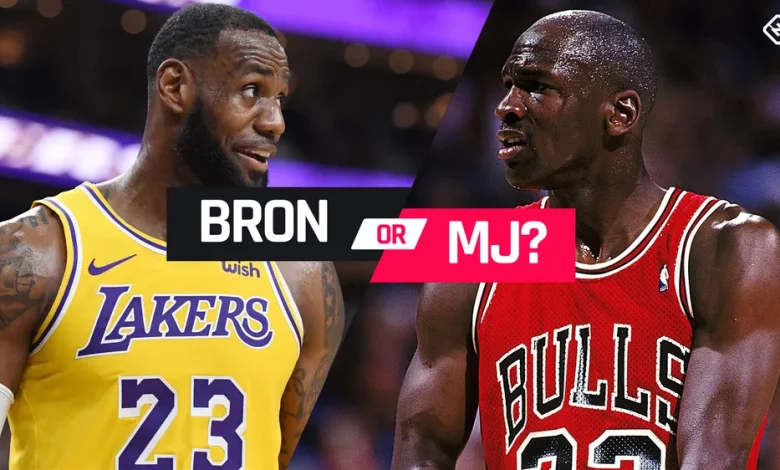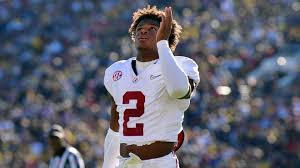The pattern shows winning championships becomes increasingly difficult over time, as league talent and competitiveness improve, making sustained success more challenging for stars like Russell, Kareem, Jordan, Kobe, Duncan, LeBron, and Curry.

Throughout NBA history, certain players and teams have achieved extraordinary success, winning multiple championships and establishing legacies that define eras. From Bill Russell’s unparalleled 11 titles to Michael Jordan’s six, Kobe Bryant’s five, and LeBron James’s four, each milestone reflects not only individual brilliance but also the broader context of the league’s competitive landscape. However, a striking pattern emerges: as time progresses, it appears increasingly difficult for stars to amass multiple championships. This pattern suggests that the league has grown more competitive, making sustained success a much taller mountain to climb.
In this comprehensive analysis, we explore this pattern in detail, examining the factors contributing to the rising difficulty, the evolution of the league, the challenges faced by superstars, and the implications for future generations of players.
Historical Context: The Early Dominance of Bill Russell
Bill Russell’s 11 championships with the Boston Celtics between 1957 and 1969 set a gold standard for team success. His era was characterized by a different competitive landscape—fewer teams, less parity, and a league still in its formative years. Russell’s Celtics were a dominant dynasty, leveraging a cohesive team, exceptional defense, and a culture of winning.
During Russell’s era, the league had approximately 8-10 teams, and the talent pool was less deep compared to today. The Celtics’ dominance was partly due to their ability to assemble a core group of players and maintain stability over a long period. Winning multiple championships was more feasible when the league lacked the depth and parity seen in later decades.
The Jordan Era and the Rise of the Modern Superstar
Michael Jordan’s six championships with the Chicago Bulls (1991-1993, 1996-1998) marked a new era of individual excellence and team dominance. Jordan’s competitive spirit, combined with a highly talented supporting cast, allowed him to secure six titles in what is widely regarded as one of the league’s most competitive periods.
Jordan’s era was characterized by the NBA’s expansion, increased talent, and heightened media attention. While the league was competitive, Jordan’s exceptional skill and leadership elevated his teams to repeated success. Nonetheless, the number of players winning multiple titles remained limited, as the league’s competitive balance was still manageable enough for dominant stars to achieve repeated championships.
Kobe Bryant and Tim Duncan: The Post-Jordan Decade
Following Jordan’s retirement, the NBA saw a transition period with players like Kobe Bryant and Tim Duncan leading their respective teams to five and six championships (Duncan with the San Antonio Spurs, Bryant with the Lakers). Their successes demonstrated that while it was still possible to secure multiple titles, the league was becoming more competitive.
During this period, the league experienced increased parity with more teams capable of contending, and the rise of other talented stars like Kevin Garnett, Shaquille O’Neal, and LeBron James began to challenge the dominance of a few franchises. Yet, only a handful of players managed to win multiple championships, indicating that sustained dominance was becoming more difficult.
The LeBron James and Stephen Curry Era: A New Level of Difficulty
LeBron James and Stephen Curry have each won four championships, but their journeys highlight the increasing challenge of securing multiple titles. LeBron, often lauded for his versatility, has reached the NBA Finals ten times, winning four. Curry and the Golden State Warriors have achieved four titles in an era of exceptional three-point shooting, pace, and athleticism.
LeBron’s career exemplifies the difficulty of winning multiple championships in a highly competitive league. Despite his talent, longevity, and leadership, LeBron has faced fierce competition from emerging stars and superteams. Similarly, Curry’s Warriors revolutionized the game, yet their championships came in bursts, often with the team needing to overcome formidable opponents.
This era features a league with more talented teams, advanced analytics, and strategic innovations, making repeated success harder. Superteams, injuries, and unpredictable playoff runs mean that even the best players often fall short of accumulating multiple titles.
The Pattern: Increasing Difficulty of Sustained Success
The progression from Russell’s 11 titles to Jordan’s 6, then Kobe and Duncan’s 5, and finally LeBron and Curry’s 4 illustrates a clear pattern: the number of championships a star can win has generally decreased over time. This pattern isn’t coincidental but rather a reflection of several fundamental shifts in the league’s structure.
1. Enhanced Talent Depth
Modern NBA rosters are more talent-rich than ever. The global talent pool has expanded due to better scouting, international recruitment, and development systems. As a result, more teams are capable of competing at a high level, reducing the dominance of any single team or star.
2. Increased Parity and Competitive Balance
The NBA implemented measures like the salary cap, luxury tax, and draft systems to promote parity. These policies have led to more balanced competition, making it less likely for a single team or player to dominate for extended periods.
3. The Rise of Superteams and Player Mobility
Recent years have seen a trend of superstar players forming superteams—e.g., the Miami Heat’s “Big Three,” the Warriors’ “Splash Brothers,” and the Nets’ star-studded roster—aiming to maximize championship chances. While this strategy can lead to success, it also disperses talent across multiple teams, increasing competition.
Player mobility has also increased due to free agency and trades, enabling stars to chase championships but also making sustained dominance across multiple seasons more difficult.
4. Advanced Analytics and Strategic Innovation
Teams now employ sophisticated analytics, training techniques, and tactical adjustments that level the playing field. Small-market teams can compete with larger-market giants, and coaching innovations can disrupt even the most talented rosters.
5. Injury Risks and Physical Demands
The physical toll of modern basketball, combined with a crowded schedule, increases injury risks. Injuries can derail championship runs, making repeat success less predictable.
The Psychological and Strategic Challenges
Achieving multiple championships isn’t solely about talent; it involves resilience, adaptability, and mental toughness. As the league becomes more competitive, the psychological pressure mounts. Players must navigate injuries, media scrutiny, and intense rivalries, which can affect performance and team cohesion.
Strategically, teams must innovate constantly, adapt to opponents, and maintain a high level of consistency. Even the most talented stars require exceptional teams, coaching, and sometimes a bit of luck to win multiple titles.
Implications for Future Stars
The pattern suggests that future players aiming for multiple championships will face increasing hurdles. While talent remains a critical factor, the landscape favors well-constructed, adaptable teams with strategic depth. The era of a single star winning numerous titles is giving way to a more competitive environment where championships are more elusive, and success often depends on a combination of individual brilliance, team chemistry, and organizational excellence.
This trend also emphasizes the importance of legacy-building beyond just tallying titles. Players like LeBron James and Stephen Curry are redefining greatness through longevity, individual excellence, and their ability to adapt to an ever-evolving league.
An Evolving Paradigm of Success
The pattern of championship wins in the NBA reveals a clear trend: it’s becoming increasingly difficult to win multiple titles as the league advances. From Russell’s 11 titles in an era of fewer teams and less parity to LeBron and Curry’s 4 titles amid fierce competition, the challenge of sustained success has grown.
This evolution reflects broader shifts in talent depth, strategic complexity, league policies, and physical demands. It underscores that in modern basketball, greatness isn’t solely measured by the number of championships but also by adaptability, influence on the game, and resilience.
As the league continues to evolve, future stars will face an even more competitive environment, making their achievements all the more remarkable. The pattern reminds us that in sports—and in life—success demands not just talent but perseverance, innovation, and the ability to rise above increasingly formidable challenges.









